I used to think that the tap water at home was quite clean, until I used a bucket to collect water after the water was cut off, and then I found out that I was wrong! It turns out that the difference is so big, and they all taste the same!
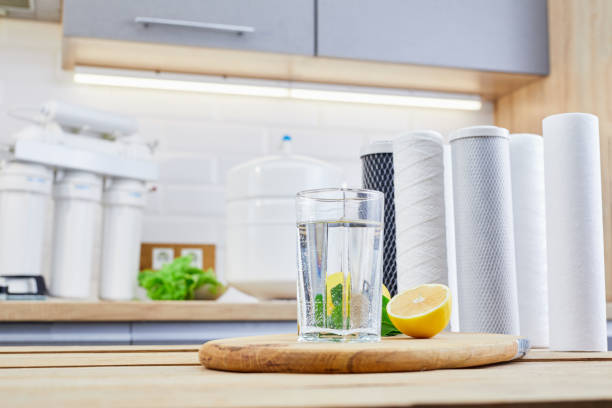
Then I started my shopping journey, and installed 3 in total (of course, the pipes are not very complicated), and summarized the following experiences.
For water purifiers, my personal opinion is: there are 4 not to install, and 5to buy.
This is by no means misleading, but a lesson learned from changing 3 units.
ONE: 4 Don't Buy
1. Don't buy water purifiers with non-universal filters Some brands of water purifiers use non-universal filters in order to pursue the so-called "exclusive technology" or "high performance". This kind of filter is often expensive and very inconvenient to replace. Once the brand stops producing this filter or raises the price, consumers will fall into a passive position.
►Suggestion: Give priority to water purifiers that use universal filters, which are not only convenient to replace, but also relatively transparent in price.
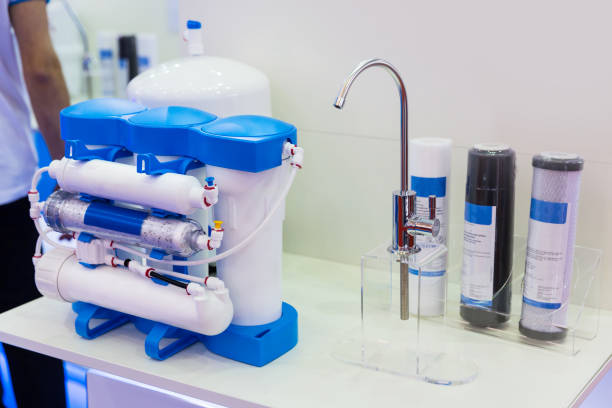 2. Do not buy water purifiers without RO reverse osmosis membranes
2. Do not buy water purifiers without RO reverse osmosis membranes
The mainstream water purifier technologies on the market currently include ultrafiltration, nanofiltration and reverse osmosis, among which RO reverse osmosis membrane has the best filtering effect.
It can effectively remove harmful substances such as bacteria, viruses, heavy metals in water and ensure the safety of water output. Although those water purifiers without RO reverse osmosis membranes may be cheaper, the filtering effect is greatly reduced.
 ►Suggestion: From the perspective of long-term use, choose water purifiers with RO reverse osmosis membranes.
►Suggestion: From the perspective of long-term use, choose water purifiers with RO reverse osmosis membranes.
 3. Do not buy water purifiers with overly complex functions
3. Do not buy water purifiers with overly complex functions
In order to attract consumers, some water purifier brands will add some fancy functions to their products, such as smart networking and APP control.
These functions are not practical for ordinary families, but will increase the failure rate and maintenance cost of the product.
►Suggestion: Focus on its core filtering effect and water output speed and other indicators, and don't be confused by those flashy functions.
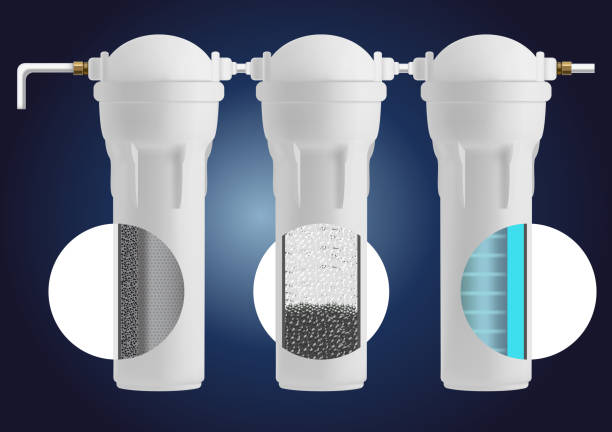 4. Do not buy water purifiers with inflated prices
4. Do not buy water purifiers with inflated prices
The water purifier market is mixed, and the prices vary greatly. Some brands set their product prices very high in pursuit of high profits, but in fact the performance and quality of the products are not outstanding.
►Suggestion: Shop around and don't be fooled by the merchants' propaganda. It is wise to choose products with high cost performance.
 TWO: 5 Buy
1. Buy a water purifier with fast water output
TWO: 5 Buy
1. Buy a water purifier with fast water output
Water output speed is one of the important indicators to measure the performance of a water purifier. If the water output speed is too slow, it will not only affect the user experience, but also cause a waste of water resources.
►Suggestion: Give priority to products with fast water output. Generally speaking, a water purifier with a water output speed of more than 1L/min can meet the needs of most families.
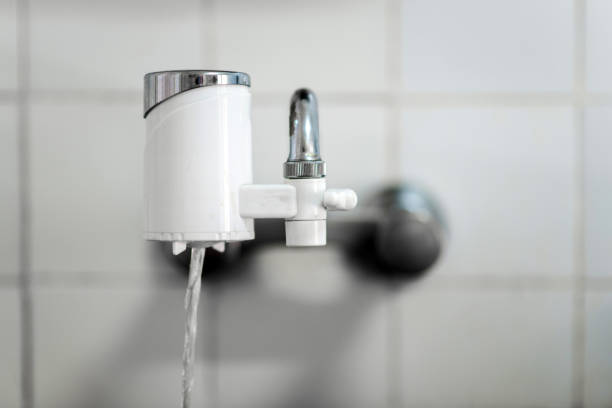 2. Buy a water purifier with a low wastewater ratio
2. Buy a water purifier with a low wastewater ratio
The wastewater ratio refers to the ratio of wastewater to pure water generated by the water purifier during the water production process. The lower the wastewater ratio, the higher the water production efficiency of the water purifier and the higher the water resource utilization rate.
►Suggestion: When purchasing, pay attention to the wastewater ratio indicator of the product and give priority to products with a low wastewater ratio. Generally speaking, a water purifier with a wastewater ratio below 1:1 can be considered to be more water-saving.
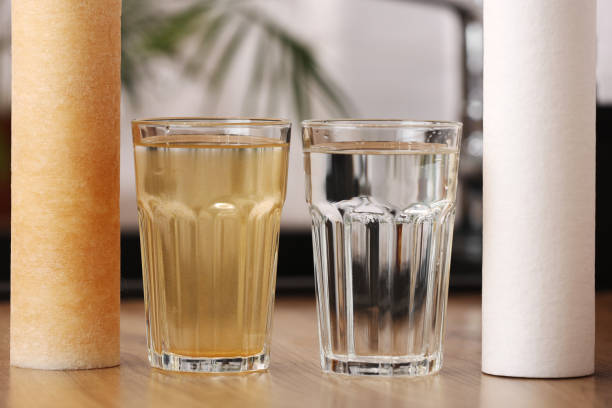 3. Buy a water purifier with zero stale water function
3. Buy a water purifier with zero stale water function
Many water purifiers will have a high TDS value in the first cup of water after not being used for a long time, and they need to be drained before drinking. A water purifier with zero stale water function can solve this problem well. It can automatically flush and replace the water purifier when it is not used for a long time, ensuring that the TDS value of the first cup of water also meets the standard, thus avoiding the waste of water resources.
►Suggestion: Give priority to products with zero stale water function.
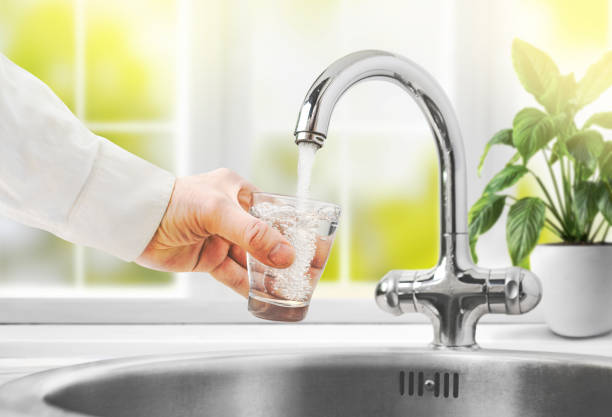 4. Buy a water purifier with a large rated water purification volume
4. Buy a water purifier with a large rated water purification volume
The rated water purification volume refers to the maximum amount of water that the water purifier can handle during the life cycle of the filter element. The larger the rated water purification volume, the longer the service life of the filter element and the lower the replacement frequency
►Suggestion: Pay attention to the rated water purification volume index of the product and give priority to products with a large rated water purification volume. This can not only reduce the frequency and cost of replacing the filter element, but also ensure the stability and safety of the water output.
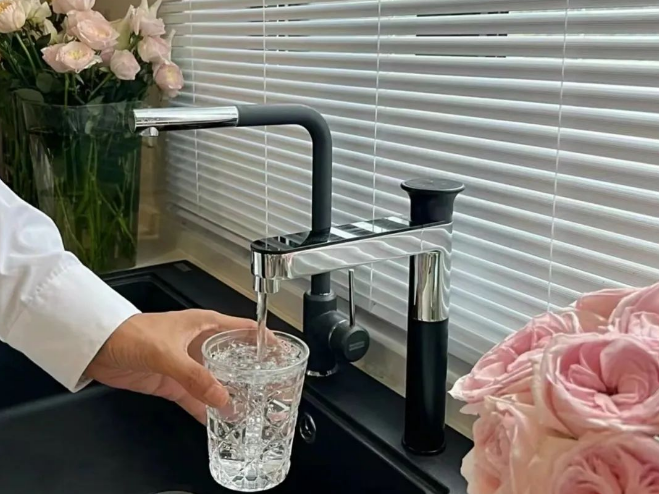
 5. Buy a water purifier with good after-sales service
5. Buy a water purifier with good after-sales service
As a long-term home appliance product, the quality of after-sales service directly affects the user experience.
►Suggestion: In addition to paying attention to the performance and price of the product, it is also necessary to focus on the brand's after-sales service. Give priority to brands and products that provide door-to-door installation, free maintenance and other services, so that you can get better protection and support during use.
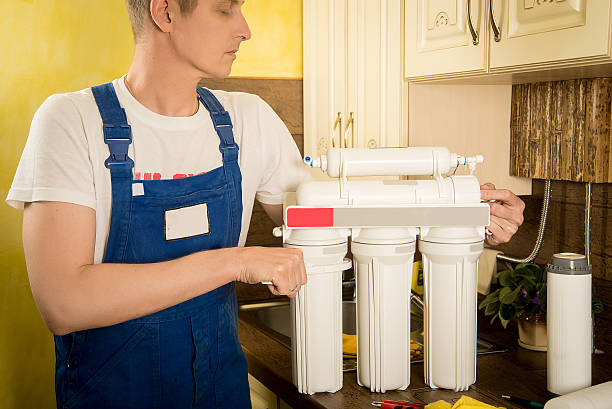 ⇒Summary:
⇒Summary:
Purchasing a water purifier is not a simple matter. We need to consider various factors according to our actual needs and budget to choose a high-quality product that is truly suitable for us.
If you have any questions or any requirements for the water purifiers,pls kindly contact us.














 Reverse Osmosis Scaling Right After Startup? Here's What You Need to Know About Prevention and Treatment!
Reverse Osmosis Scaling Right After Startup? Here's What You Need to Know About Prevention and Treatment!
 Reverse Osmosis Scaling Right After Startup? Here's What You Need to Know About Prevention and Treatment!
Reverse Osmosis Scaling Right After Startup? Here's What You Need to Know About Prevention and Treatment!
 Three Certain Trends in Commercial Water Purification Over the Next Five Years
Three Certain Trends in Commercial Water Purification Over the Next Five Years
 Eight Different Methods for Pure Water Treatment Equipment Processes
Eight Different Methods for Pure Water Treatment Equipment Processes